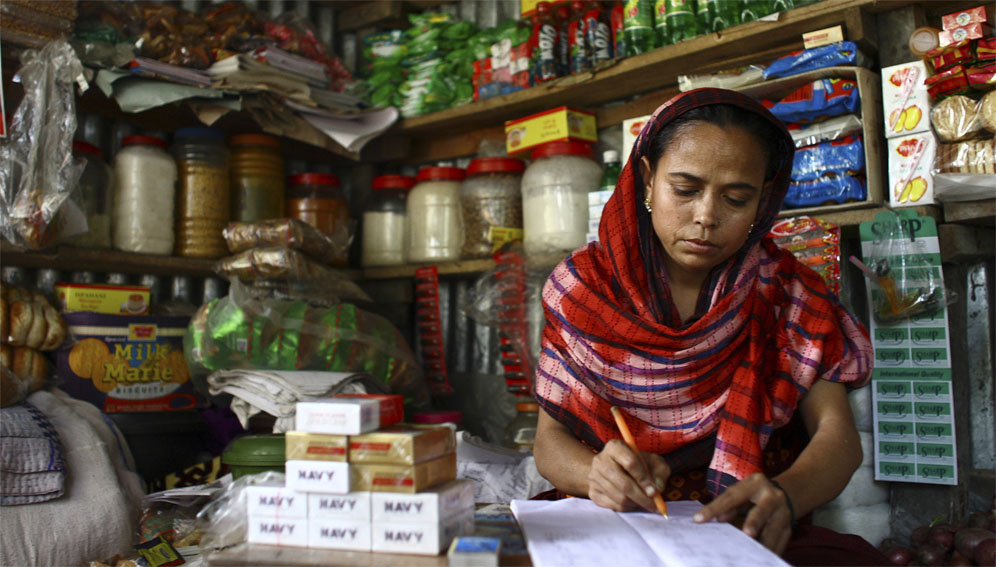A developing country like India needs strong female entrepreneurship for growing women’s partnership in the labour force. However, just seven out of 100 entrepreneurs in the country are women and nearly half of them joined business out of necessity than aspiration.
According to a report published jointly by Google and Bain & Company, a Boston-based consulting firm out of 432 million working-age women in the country nearly 343 million are not in any paid formal work.
By 2030, the working-age population in the country will surpass 1 billion, which will be the highest in the world. Nearly 400 million new jobs are needed just for women alone or else the present gap of economic and employment between the genders will continue to rise.
Women’s labour force participation rate
India ranks lowest among all countries in women labour force participation rank and it continuously declining. Between the ages of 15 and 24, the decline reason is mainly due to increasing focus on education among women. However, the recent decline and stagnation among women between 25 and 64 in participation are alarming.
Besides, active women in the workforce are 2.9 times likely than men to be unemployed. Women graduates are 3.5 times more likely to be unemployed than their male peers according to a 2019 study by the Centre for Monitoring India Economy (CMIE).
The unemployment rate in India stands at 7 percent while the rate among women is even higher at 18 percent.
Female entrepreneurship
At present, India has more women-owned businesses than many other countries, according to estimates, 13.5million to 15.7 million MSMEs and agribusinesses are owned by women. In the last decade, women-owned enterprises grew from 14 percent to 20 percent. A number of factors such as help from national and state governments, banks, and other financial and educational institutions.
According to a report by the Global Entrepreneurship and Development Institute (2015), India stands far below than developed markets like the US and UK, and developing markets like Russia, Brazil, and Nigeria in the female entrepreneurship index.
True numbers of enterprises owned by women are often over-represented. The joint report by Google and Bain & Company suggests that 10-30 percent of businesses registered on women’s names are not run by them.
Equal access
When women are provided with equal access like men, enterprises owned by women produced equally strong economic outcomes when compared with the male enterprises. Jobs’ creations grew among women enterprises and gave women more independence to control their businesses.
“In recent years, there has been a clear recognition of women on the national economic agenda, including efforts to promote entrepreneurship. Both public and private entities have launched a wide range of initiatives to provide some impetus to augment this opportunity,” as per the report.

